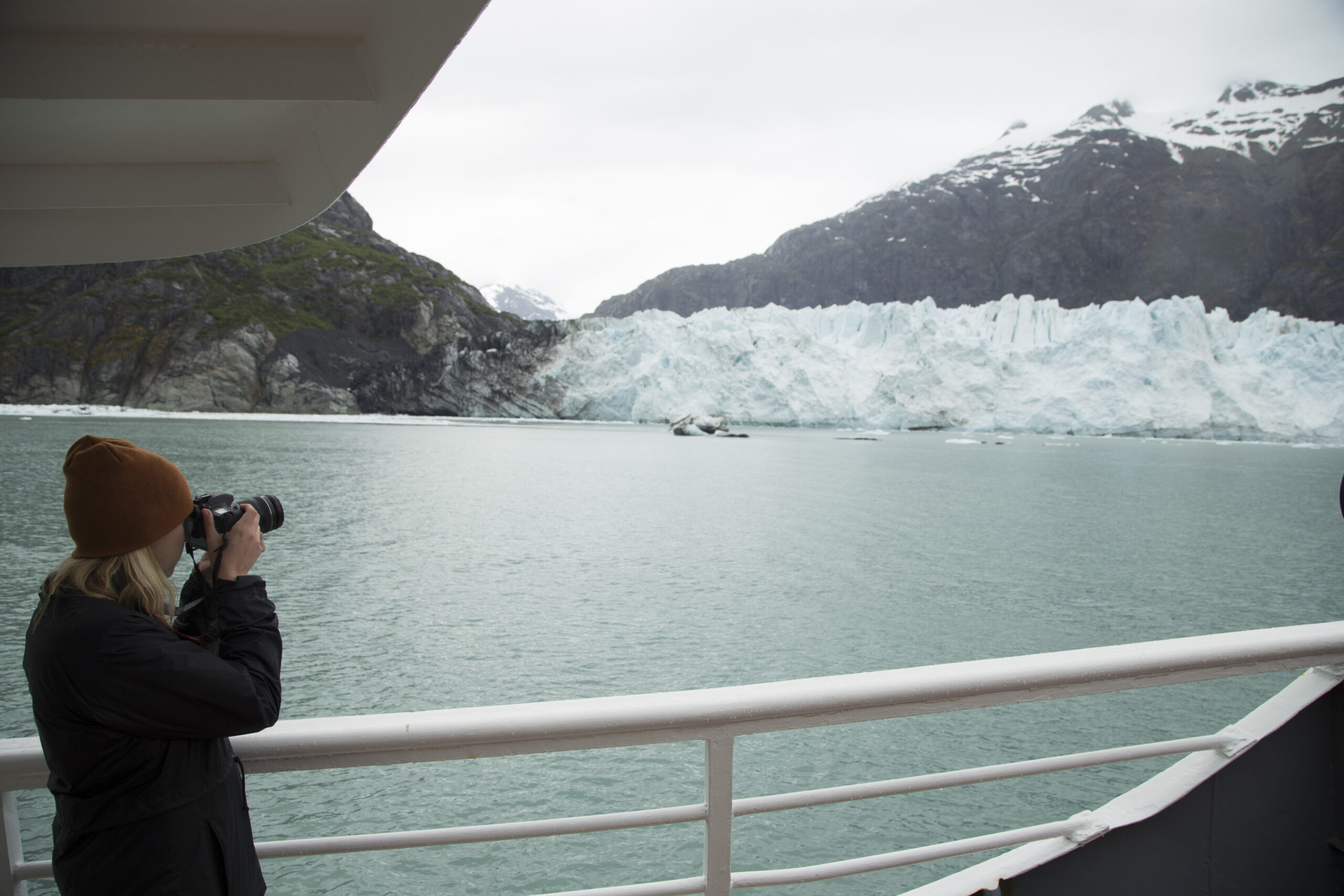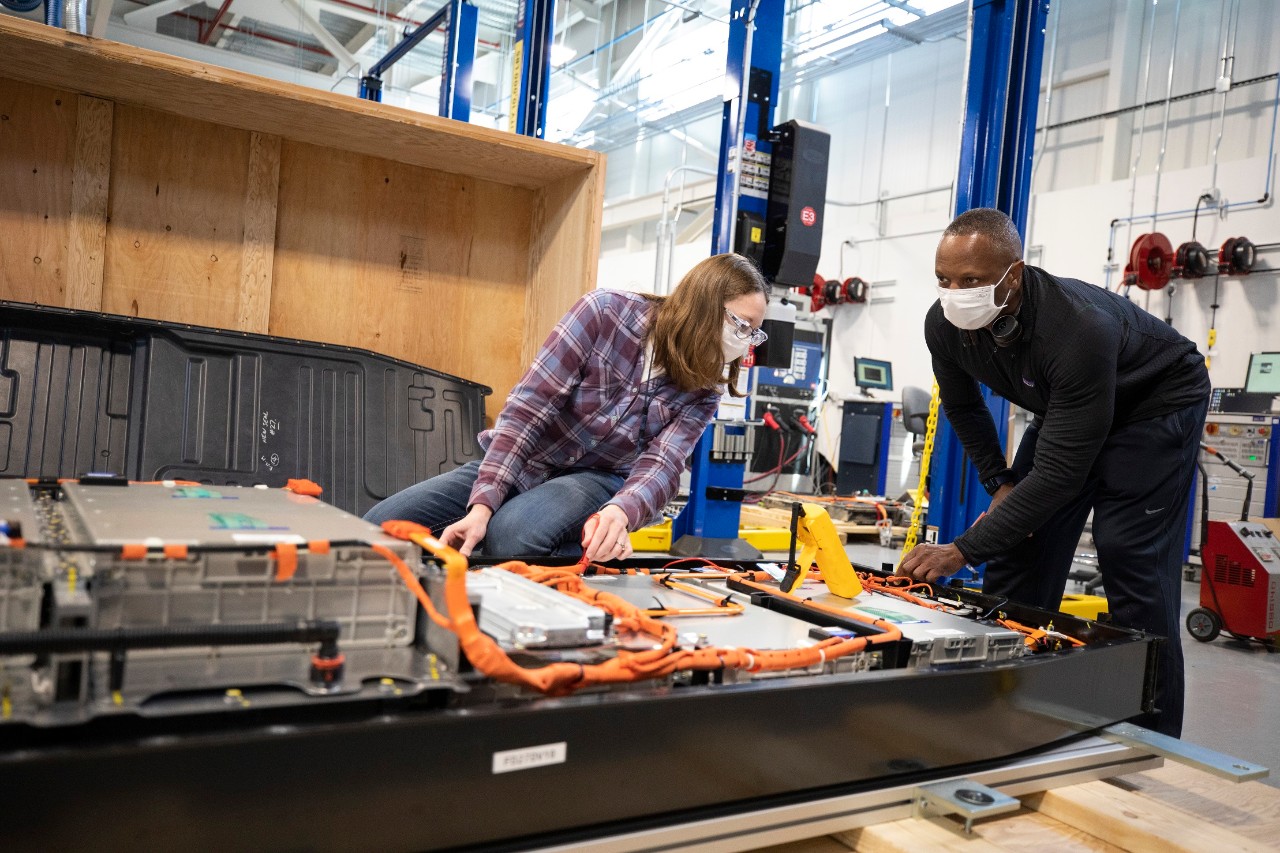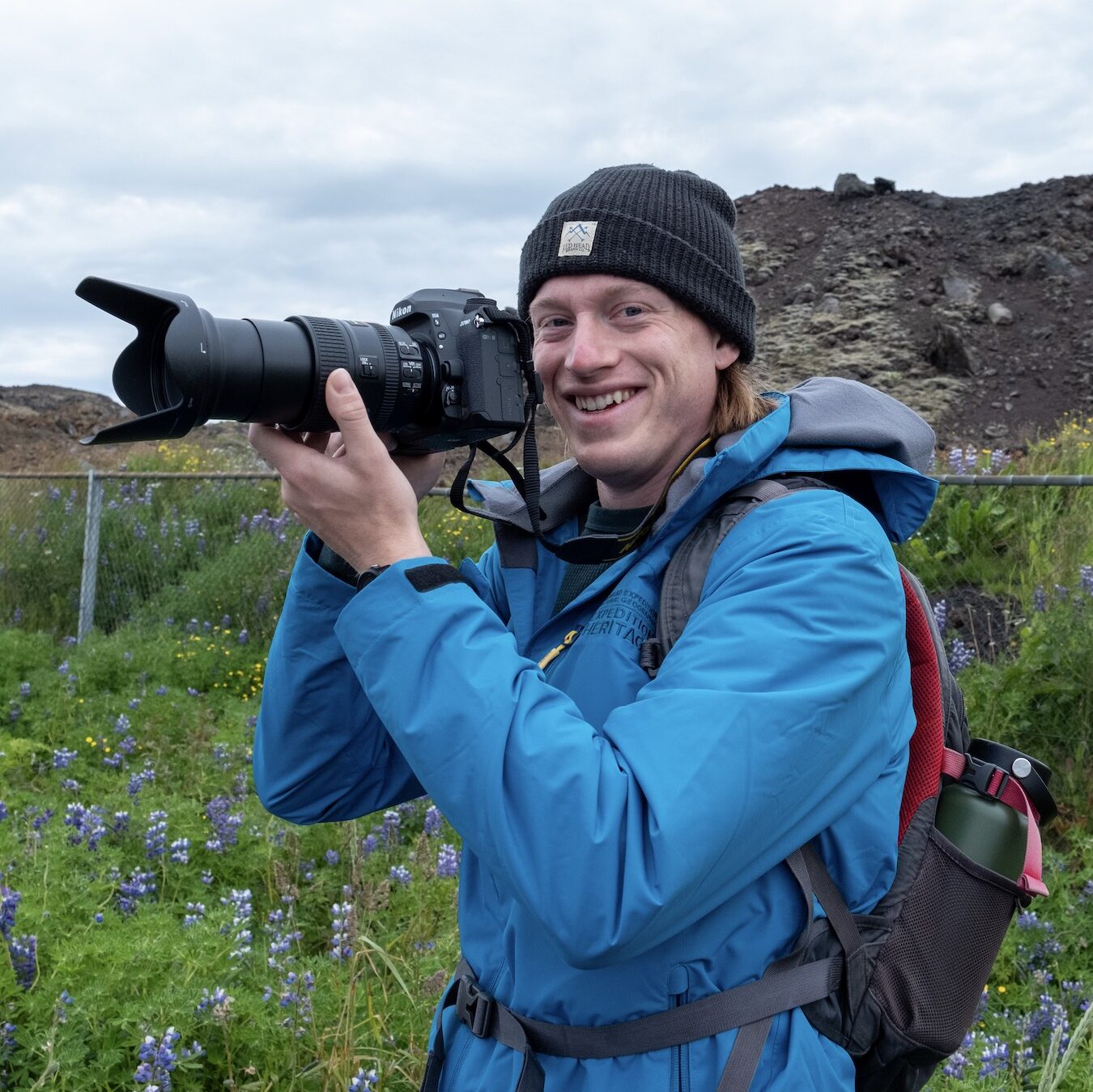Sweltering Saguaros: Survival in a changing desert
By Jason Marmon, Daniel Stipanovich, and Seungshin Seo
In the heart of the Sonoran Desert, a silent sentinel has stood for centuries, witnessing the unfolding story of the earth’s changing climate and human expansion. The Saguaro cactus, an iconic symbol of the American Southwest, is now facing unprecedented challenges due to climate change, extreme heat, and urban sprawl. This crisis is not just about the survival of a species, but a stark reminder of the fragile interdependence between nature and humanity.
Climate change: A rising threat to saguaros
Climate change, exacerbated by increasing temperatures and diminished precipitation patterns, is having a profound impact on the Sonoran Desert’s ecosystem. Saguaros, adapted to the desert’s harsh conditions, are now struggling to cope with the extreme heat and irregular monsoon seasons. The summers in the Phoenix Valley, for instance, have been the hottest on record, disrupting the natural cooling period essential for the Saguaro’s survival. Without this respite, these cacti face difficulties resting properly at night and photosynthesizing, a critical process for their survival and growth.
Urban sprawl: Encroaching on the desert’s balance
The rapid expansion of urban areas like the Phoenix metro have encroached and exploited the desert, further stressing the Saguaros. Cities like Phoenix have transformed the landscape, replacing native vegetation with concrete and asphalt. This urbanization not only reduces the habitat of the Saguaro but also contributes to the ‘heat island’ effect, where urban regions become significantly warmer than their rural surroundings. This increase in temperature exacerbates the stress on all Cacti, already battling the effects of climate change.
Invasive species: A fiery challenge
The introduction of invasive species like Buffel grass and Stinknet poses another significant threat to the Saguaro. These non-native plants compete with the Saguaro for scarce water resources and alter the fire regime of the desert. Fires, rare and less intense in a natural desert ecosystem, have become more frequent and severe due to these invasive grasses, posing a direct threat to the Saguaro, which is not adapted to survive frequent and intense fires.
A complex problem demanding diverse solutions
Addressing the plight of the Saguaro requires a multifaceted approach, which must engage a diversity of stakeholders. Conservationists, scientists, urban planners, local communities, and policymakers must collaborate to develop and implement sustainable solutions. This includes strategies like controlling urban expansion, managing invasive species, water optimization, soil health, and fostering best-practices to mitigate the heat island effect. These actions must be proactive at this point in time.
The role of local communities and science
The involvement of local communities, especially those with a deep cultural connection to the desert, like the Akimel O’odham and Tohono O’odham people, is crucial. Their traditional knowledge and practices offer invaluable insights into sustainable desert living. In tandem, scientific research provides a deeper understanding of the challenges faced by the Saguaro, guiding conservation efforts through informed decision-making and knowledge sharing.
Raising awareness through art and education
Artists like Aaron Sabori play a pivotal role in raising awareness about the Saguaro’s plight. By creatively expressing the relationship between humans and these cacti, artists can evoke emotional responses and inspire action. Educational initiatives, too, are essential in cultivating a broader understanding of these issues among the public, especially the younger generation.
The road ahead: Collaboration is conservation
The challenge faced by the Saguaro is indeed daunting, reflecting a broader environmental crisis. However, it also presents an opportunity for humans to realign with nature. By listening with our hearts and joining forces across various domains, we can work towards a future where the Saguaro, and by extension, us and our natural world, can thrive amidst the challenges posed by a changing climate and ever expanding human footprint(s).
As the Saguaros stand as sentinels in the desert, they beckon us to heed their silent call – a call to action for the preservation of our planet’s delicate ecological balance. In addressing the challenges faced by this iconic cactus, we not only strive to save a species but also reaffirm our commitment to a sustainable, harmonious coexistence with nature.
See our next project at the Carbon Summit at Arizona State University.
























